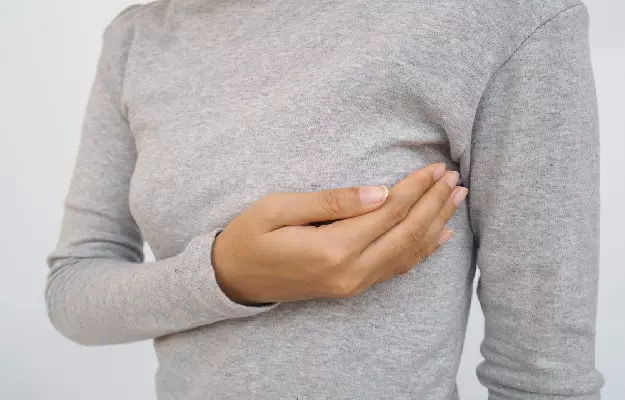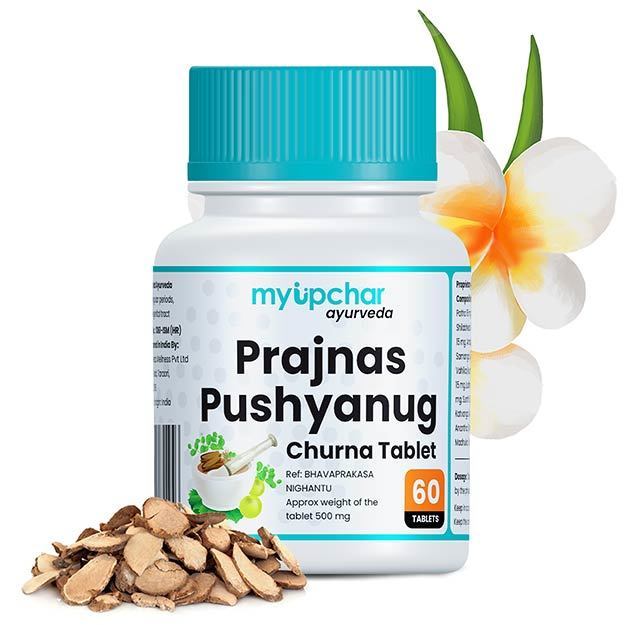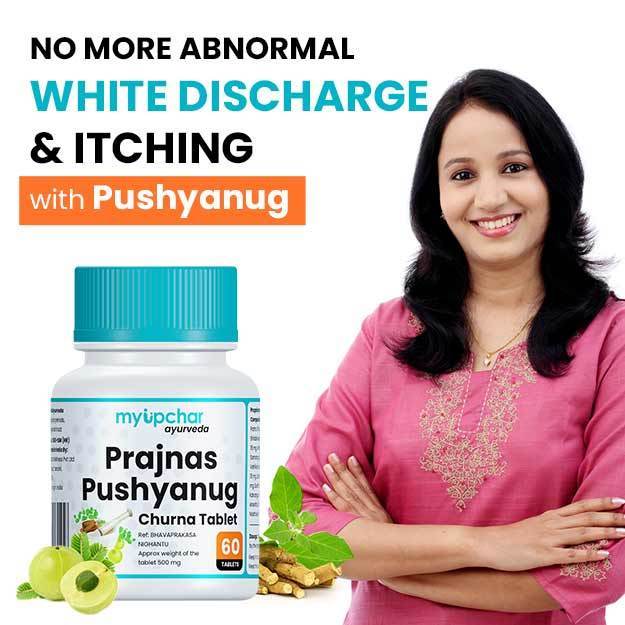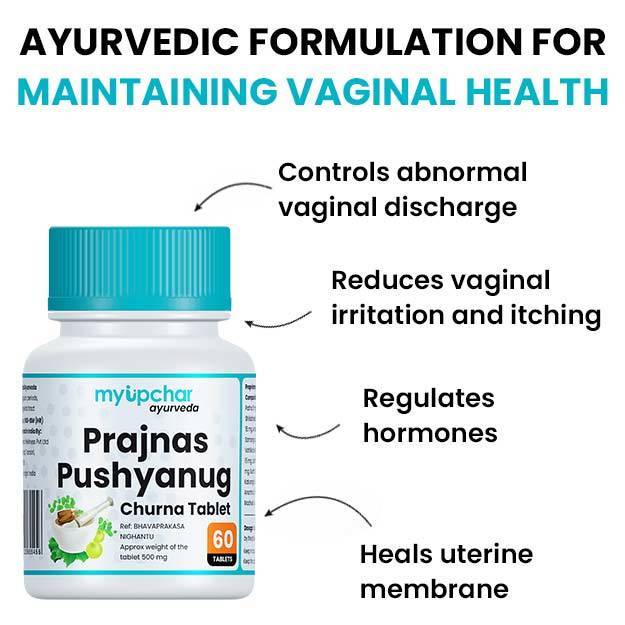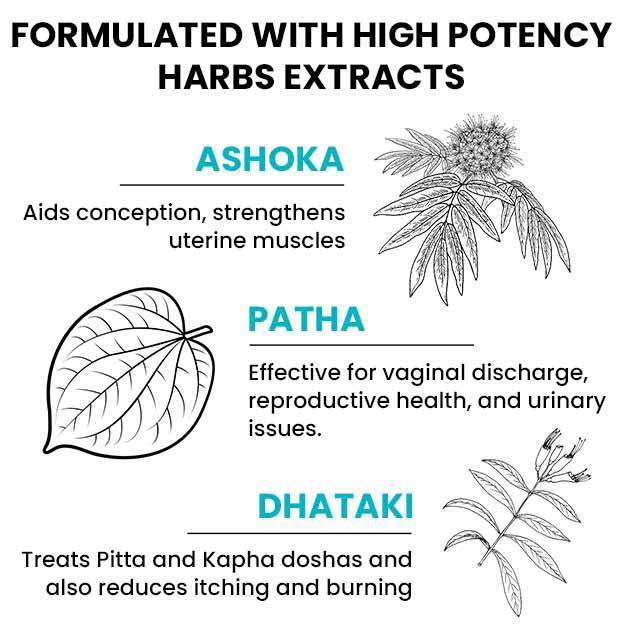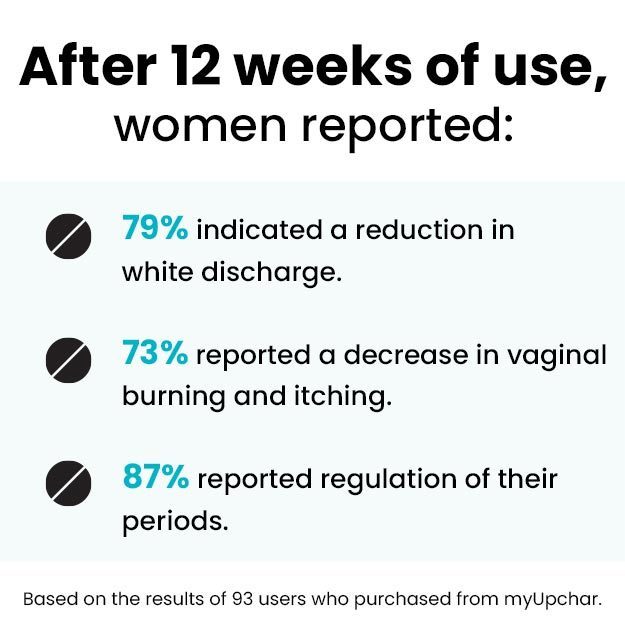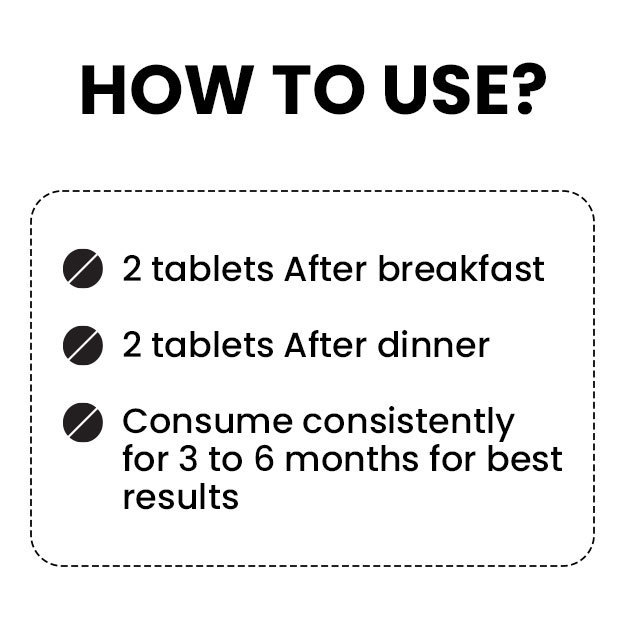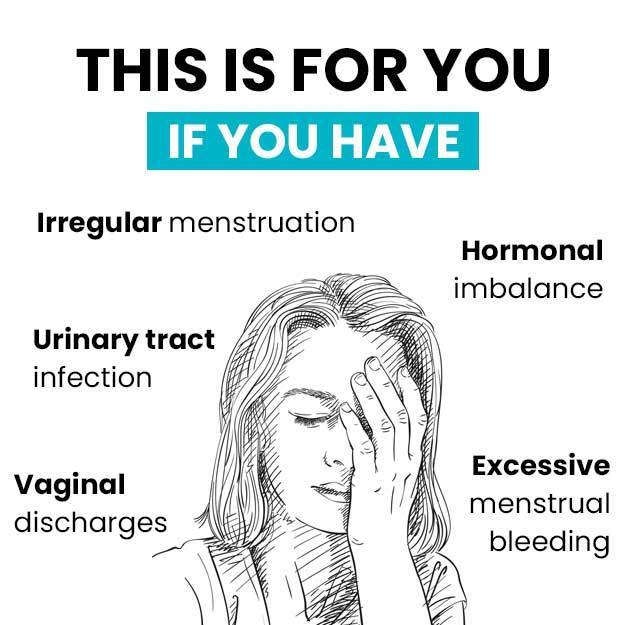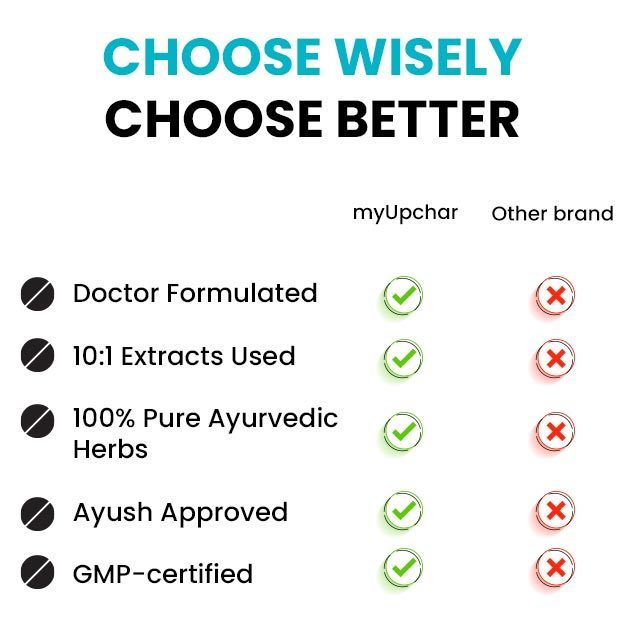Fibrocystic breast disease may cause lumps in the breasts. Although the risk of causing breast cancer is low, it may make breast cancer lumps more difficult to detect.
Read more - (Health tips for breast care)
- What Is Fibrocystic Breast Disease?
- Symptoms Of Fibrocystic Breast Disease
- Causes of Fibrocystic Breast Disease
- Who Gets Fibrocystic Breast Disease?
- Diagnosis Of Fibrocystic Breast Disease
- Fibrocystic Breast Disease Treatment
- Summary
What Is Fibrocystic Breast Disease?
Fibrocystic breast disease is a benign (noncancerous) condition that causes lumps in the breasts. Fibrocystic breasts are not harmful, but can be uncomfortable for some women. More than half of women experience symptoms of fibrocystic breast disease at some point in their lives. Although having fibrocystic breasts is not harmful, the condition can make detecting breast cancer more challenging.
Read more - (Lump in breast)
Symptoms Of Fibrocystic Breast Disease
The following symptoms may be felt in fibrocystic breast disease:
One breast may have more swelling or a lump than the other. Symptoms are most noticeable just before menstruation due to hormonal changes, but you may continue to have symptoms throughout the month.
The size of lumps in fibrocystic breasts varies throughout the month and is usually movable. But sometimes if there is a lot of fibrous tissue, the lumps may remain in one place for a long time. Some women also have green or dark brown discharge from their nipples.
If clear, red, or bloody fluid comes out of the nipple, see your doctor immediately, as it could be a sign of breast cancer.
Beneficial for women's health, controlling hormones like estrogen and progesterone, maintaining the health of the uterus, removing toxins from the body and reducing inflammation, definitely consume ashokarishta manufactured by myUpchar Ayurveda.
Read More - (Foods for Breast Enlargement)
Causes of Fibrocystic Breast Disease
Breast tissue changes in response to hormones made by the ovaries. If the breasts are fibrocystic, hormonal changes may cause swelling and tender or painful breast lumps. Its symptoms are most visible just before or during menstruation. Lumps may develop due to cysts and inflammation in the milk-producing glands.
Read more - (Loose or saggy breasts)
Who Gets Fibrocystic Breast Disease?
Any woman can get fibrocystic breast disease, but it most commonly occurs in women ages 20 to 50. Birth control pills can reduce symptoms, and hormone therapy can increase them. Symptoms resolve after menopause.
Fibrocystic Breast Disease And Cancer
Fibrocystic breast disease does not increase the risk of developing cancer, but changes in the breasts may make it more difficult to identify potentially cancerous lumps during breast exams and mammograms.
The U.S. Preventive Services Task Force recommends that women ages 50 to 74 have a mammogram every two years. According to the National Cancer Institute, regular breast exams can be good for breast health. It is important that you continue to monitor changes in your breasts.
Read more - (Breast Engorgement)
Diagnosis Of Fibrocystic Breast Disease
Doctors can detect fibrocystic breast disease by performing a physical breast examination. To better observe changes in the breasts, tests such as mammograms, ultrasound or MRI can be done. Women with fibrocystic breasts may also have a digital mammogram for testing, as this technology allows for more accurate breast imaging.
Biopsy can also be done to check for cancer. A biopsy is usually done using a fine needle to remove fluid or tissue from the breast.
Read more - (How to increase breast size)
Fibrocystic Breast Disease Treatment
Most women who have fibrocystic breast disease do not need much treatment. Home remedies can usually provide relief from the pain and discomfort associated with –
Over-the-counter pain relievers such as ibuprofen (Advil) and acetaminophen (Tylenol) can usually effectively relieve any pain and discomfort. To reduce breast pain and tenderness, try wearing a well-fitting, supportive bra.
Some women find that applying hot or cold compresses helps relieve their symptoms. Try applying a warm washcloth or ice wrapped in cloth to your breasts to see which works best for you. Some people have found that limiting caffeine intake, eating a low-fat diet, or taking essential fatty acid supplements reduces symptoms of fibrocystic breast disease.
When To Go To The Doctor
Call your doctor if you experience any of the following symptoms. These may be symptoms of breast cancer:
- New Or Unusual Lumps In The Breasts
- Redness Or Shrinkage Of The Skin Of The Breasts
- Discharge From The Nipple, Especially If It Is Clear, Red, Or Bloody
- Flattening Of The Nipple
Read more - (Breast Problems)
Summary
The cause of fibrocystic breast disease is not completely understood. However, according to doctors, estrogen and other reproductive hormones play a role in this. As a result, the symptoms will disappear upon reaching menopause, as the fluctuations and production of these hormones subside and become stable. Still, consult your doctor if you feel any discomfort.

